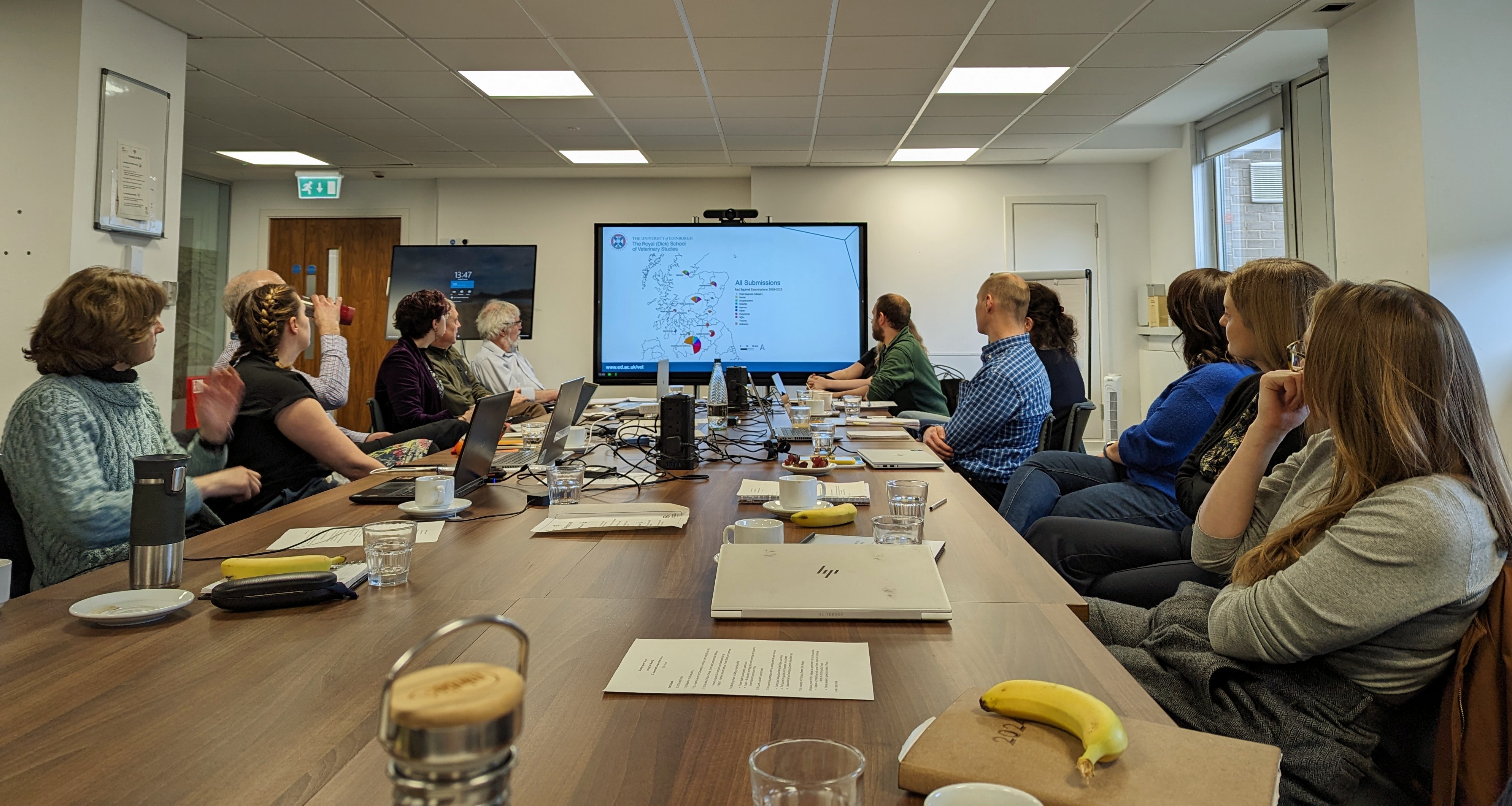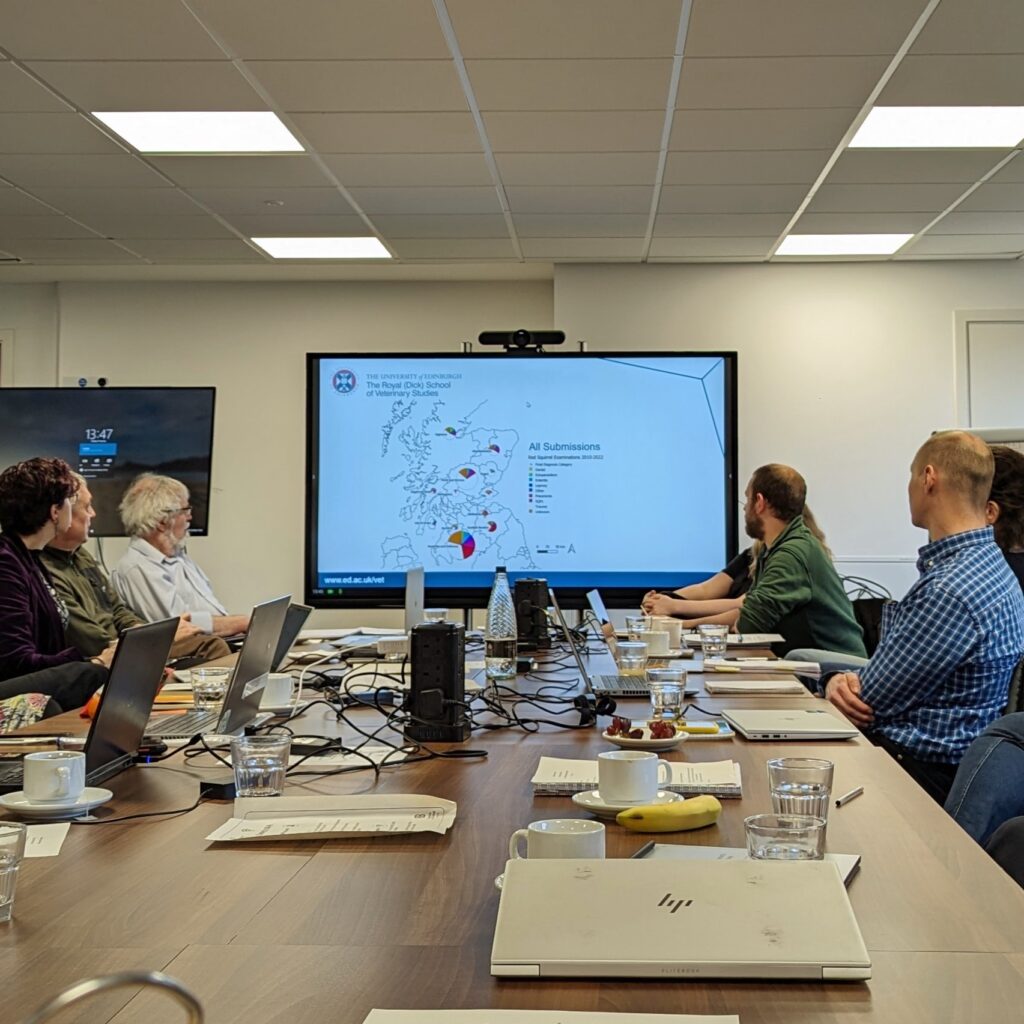What would the full recovery of Scotland’s red squirrel population look like? This is the question being tackled by the Scottish Squirrel Group, a multi-disciplinary group convened by NatureScot and made up of key Government agencies, land owners and managers, volunteer groups, researchers and academics, and environmental NGOs in order to revise the Scottish Strategy for Red Squirrel Conservation 2015-2025.
Robyn Stewart, Species and Habitats Officer & Red Squirrel Species Lead at RSPB Scotland, tells us more:
The current Scottish Strategy for Red Squirrel Conservation has been primarily delivered through the partnership project Saving Scotland’s Red Squirrels – initially though its Developing Community Action phase (2017 – 2022) and more recently in its Transition phase (2022-2024). With Saving Scotland’s Red Squirrels (SSRS) now moving into a new phase, the project is being restructured and partners are working on developing more sustainable, long-term solutions to deliver key actions for red squirrel conservation.
The revision of the current Scottish Strategy is a hugely important step in steering effective conservation action for red squirrel over the coming years, and the Scottish Squirrel Group have been tasked with drafting an ambitious 50-year vision for red squirrel conservation in Scotland. The revised Strategy will cover a 10-year timeline (2025 – 2035) informed by this vision, and will be developed using the International Union for the Conservation of Nature (IUCN) Guidelines for Species Conservation Planning, the gold standard for species conservation planning which aims to produce a practical, evidence-based and realistic approach to species recovery even in the current era of the twin crises of climate change and biodiversity loss.
The main 50-year vision informing the new Strategy is to achieve the recovery of red squirrels in Scotland; to see healthy, self-sustaining populations which are capable of fulfilling their ecological role throughout their native range. To achieve this, the Strategy will review the conservation status of red squirrel and update their current range for Scotland, analyse the threats to red squirrels and the potential impact of these threats on the delivery of the Strategy, as well as setting out key medium-term and long-term goals and updating best practice recommendations on important red squirrel conservation measures such as grey squirrel control, disease surveillance, habitat management and impacts of land use.
The timeline for developing the Strategy is to submit the first draft to Nature Scot by early 2025. The Scottish Squirrel Group has already kicked started the process with a series of online workshops held throughout February to establish the most up to date data on red squirrel distribution and populations, disease surveillance, habitat management and review key lessons learned during the SSRS – Developing Community Action and Transition phases. Following on from the workshop series, the Scottish Squirrel Group met in person at the end of February to focus on the threat analysis and development of the key medium-term goals for the Strategy.
While there is still a long way to go, the Scottish Squirrel Group is committed to the development of the new Strategy to guide the next decade of strategic actions and work towards the new ambitious 50-year vision for the recovery of red squirrels throughout Scotland. Stay tuned for further updates as the group continues this vital and important work!
Robyn Stewart
Species and Habitats Officer & Red Squirrel Species Lead
RSPB Scotland


